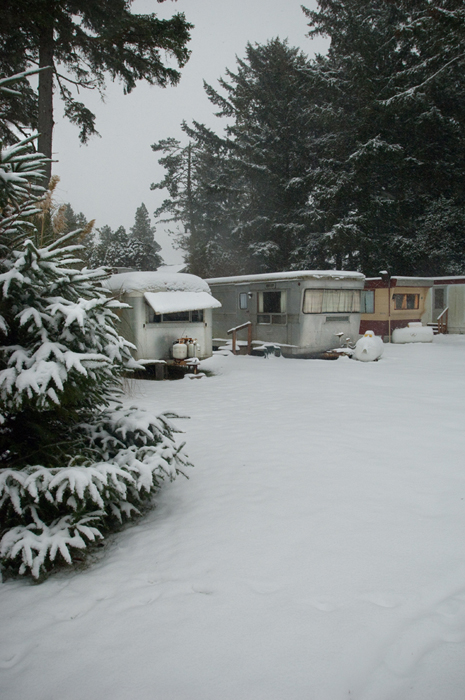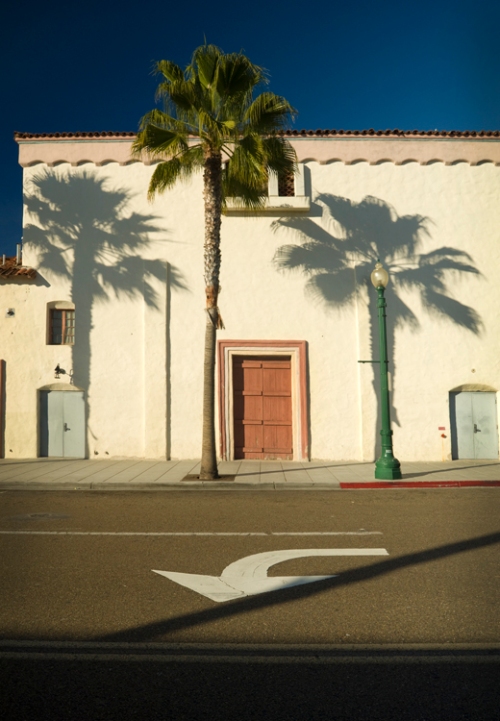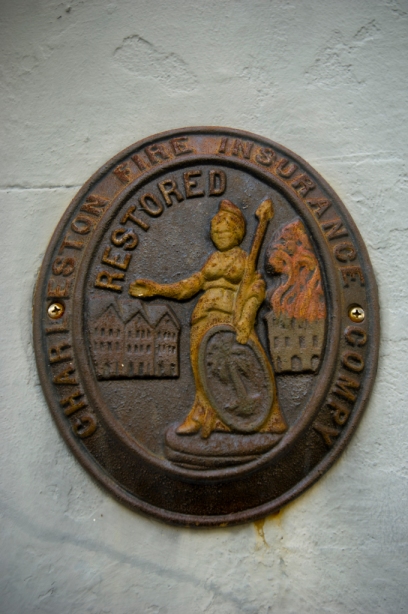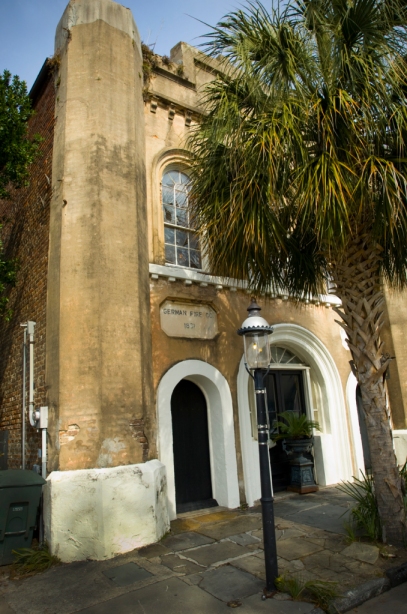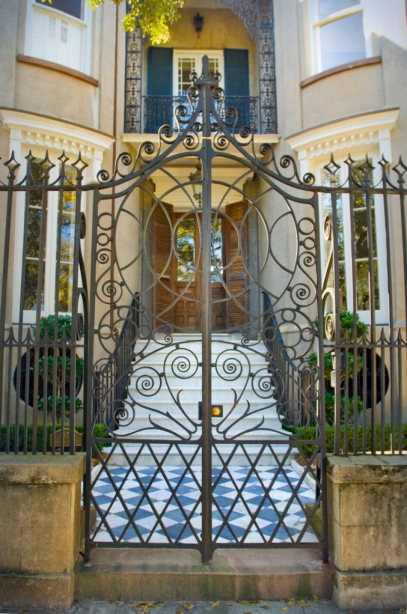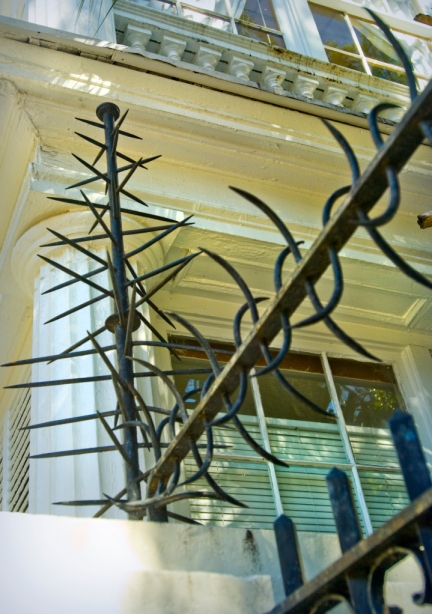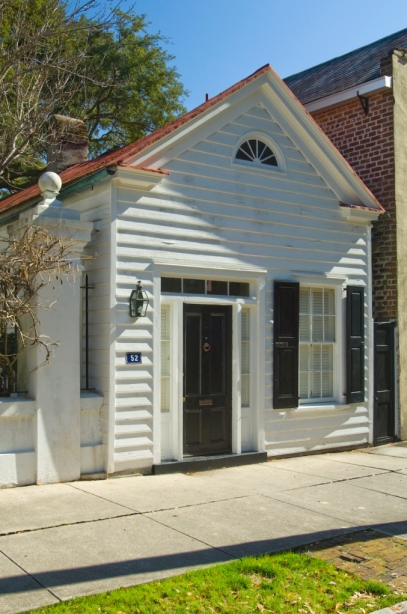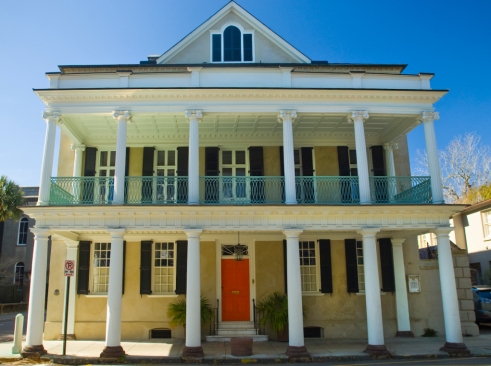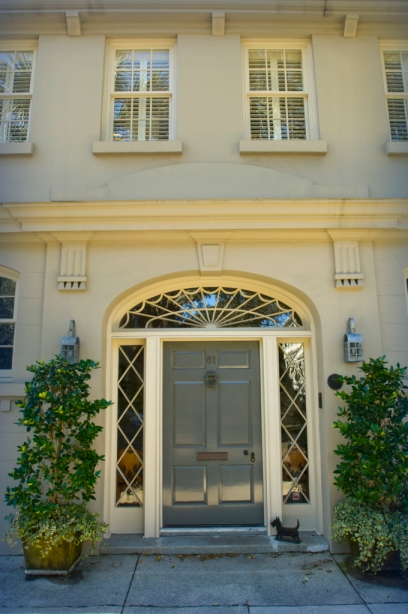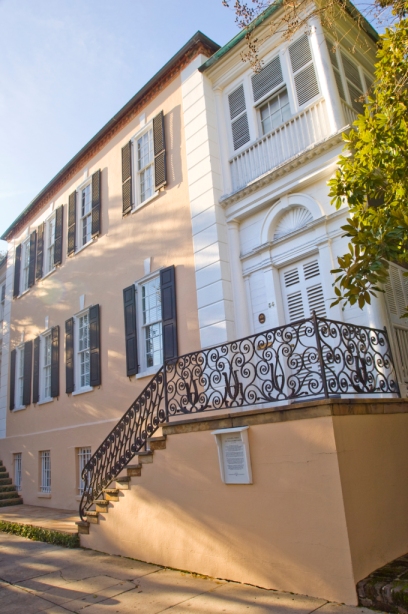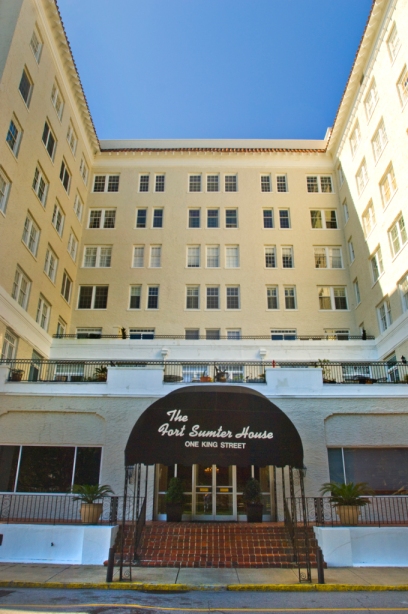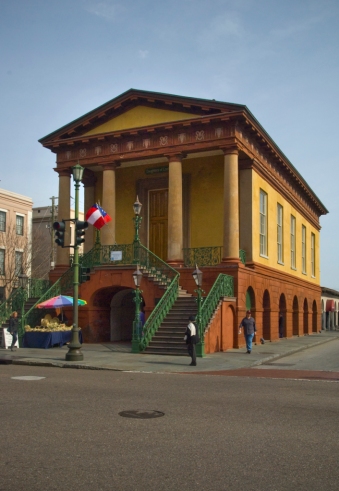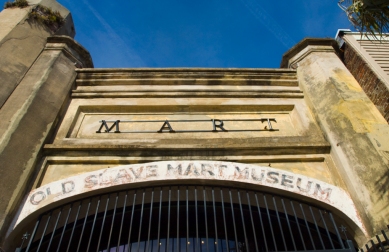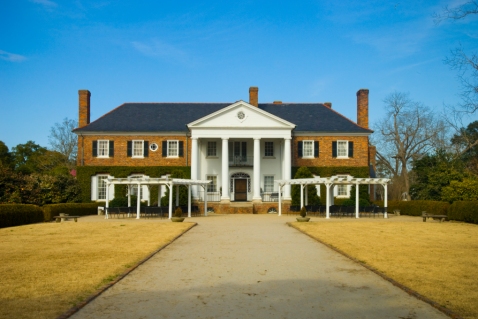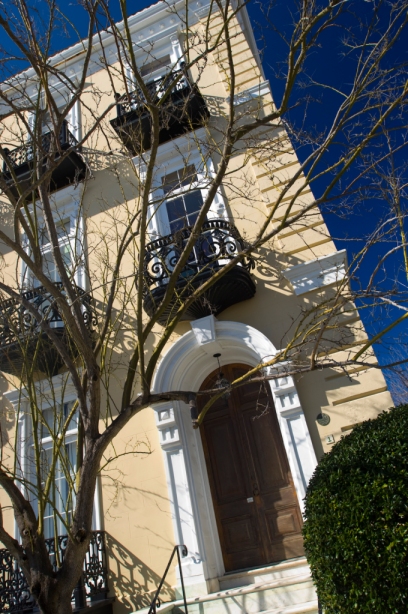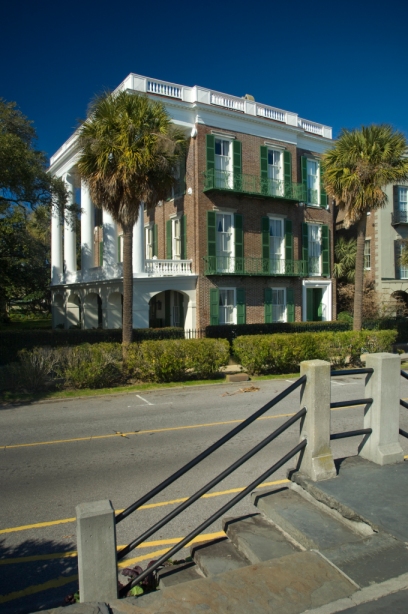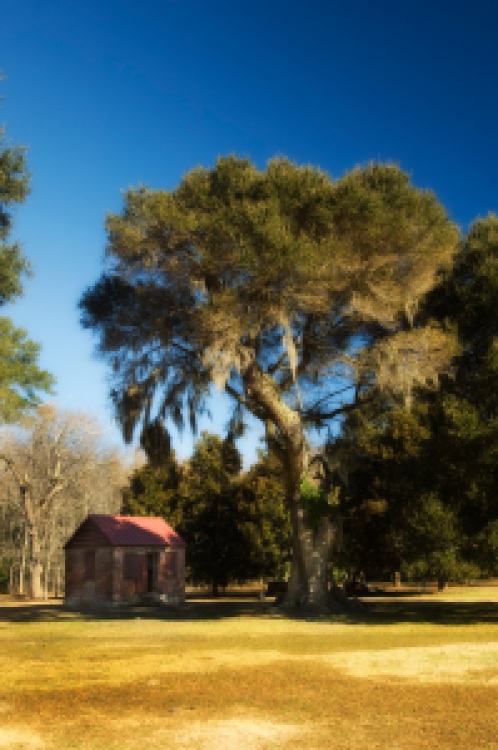Saturday July 16th the Port of Ilwaco will host our second “Art Night at the Marina”. The Wade Gallery will feature the 2nd installment of my Seaview collection. Last month’s show was really well received and lots of folks were excited to see the homes that make up their neighborhood. We will have over 30 images on display for this month’s show. Let us know what you think.
Category Archives: Architecture
Seaview, Washington
Seaview – Part 1
On Saturday June 18th we will have our first “Art Night at the Marina” in Ilwaco. The Wade Gallery will show Part 1 of my Seaview collection.
The light is different up here. For are large portions of the year the sun hangs low in the sky creating a warm directional light source. At other times, it’s overcast making a soft diffused light. Either way, I’ve been in love with Seaview, Wa. for 23 years now. During that time I’ve amassed lots of images that have amused and intriqued me, or I just felt depicted how I think Seaview feels.
Beach Music v.6
A Little Beach Architecture
Boat Houses
The S.S. Encinitas and S.S Moon Light are neither boathouses, or houseboats; they are houses built in the shape of boats, moored on Third St. between F and G in Encintas, CA, The blue Pacific can be heard but not seen. The closest they come to water is when it rains.
They were built by Miles Minor Kellogg, undoubtedly one of Encinitas’ most noted recyclers. His ultimate recycling triumph was the boathouses. They were completed in 1928 with wood from the bathhouse at Moonlight beach and the help of his young son, Miles Justin Kellogg, who pitched in every day after school. Back then the boat houses could be seen from Highway 101 and people passing through town began to turn west for a better look at the structures. Down through the years the boathouses probably have been the most photographed buildings in Encintas and are a unique symbol of the surfing, beach, and Hwy 101 culture.
No, its not an island. This amazing beach house is situated at the very northern tip of the Del Mar beach and has been featured in numerous movies over the years.
Beach Music v.3
Encinitas, Leucadia & Solana Beach
We’re spending most of our time hanging out in North County. Amid the big hotels, super spendy condos and gigantic beach houses there is still a little funk.
Sure it looks a little scary, but they have very cold Negra Modello on draft. That can’t be bad
The La Paloma is a great little movie theatre from the 20’s. There is a reference to the name “La Paloma” is one of America’s most important classic movies. Does anyone know what that is?
Charleston Walking Tour – Part 3
The Walking Tour has been great fun and I’ve bearly scratched the surface. The offical guide book has over 100 stops and even that doesn’t touch them all. I’ll wrap this up with just a few points of interest.
In the 1700’s fire fighting was a neighborhood affair and homeowners were required by law to have buckets and ladders on hand at all times. Looters used fires as an opportunity to burglarize houses, but punishment was severe. If apprehended looters were to be ” pilloried, have their ears cut off and forfeit four times the value of the stolen items”. In 1736, America’s first Fire Insurance Company was founded in Charleston. Each company had it’s own men and equipment and were obligated to fight fires in houses bearing their insignia, similar to the one above.
The 19th century gave rise to volunteer fire stations like this one, the German Fire Company, at 8 Chalmers Street. They tended to be ethnic in nature, as were the neighborhoods. We tend to forget that the idea of America as an ethic melting pot was a very real thing during Colonial times. On any given day in Charleston one might hear English, French, Spanish, Dutch, Swedish, German and Yiddish, as well as many African and Caribbean dialects. A prime qualification for postage service was being multilingual.
Built in 1760, this was the home of Lord William Campbell, the last Royal Governor of Carolina. In 1775, as angry mobs took to the street and were “tar & feathering” Tories, Campbell fled the city by way of a small boat in the creek that ran behind the house.
This house was the headquarters of General P. G. T. Beauregard, commander of Charleston’s defenses. Beauregard was famous for his dashing Creole hair which abruptly turned gray during the siege. It is rumored that it was not stress that effected his black hair but instead the blockade’s disruption of the import of French hair dye.
The curved spikes along the top of this wrought iron fence were added as a defensive measure after the Denmark Vesey Revolt of 1822. Vesey, a free black carpenter, organized a widespread slave revolt, but was informed on at the last minute. He and 34 others were hung near the Battery.
The world famous Conchologist, Dr. Edmund Ravenel, built this as an office in the mid-1800s. An acquaintance of Edgar Allen Poe, Ravenel was the model for William Legrand in Poe’s “The Gold Bug”.
According to the census of 1790, 34 slaves lived at 59 Meeting Street, more then any other downtown residence, so it is ironic that Edward Ball was living here when he wrote “Slaves In The Family”. The 1998 National Book Award winner for non-fiction. Of all slaves granted freedom, when it was relatively easy do so, about a third were mulatto children and about three fourths of adult slaves granted freedom were the women who had given birth to them.
“The mulattoes one sees in every family exactly resemble the white children. and every lady tells you who is the father of all the mulatto children in everybody’s household. but those in her own she seems to think fell from the clouds, or pretends to think so”. Mary Boykin Chesnut
U.S. District Judge Julius Waties Waring was living here in 1947 when he ruled to let blacks vote in the state’s Democratic primary and in 1950 when he voted to integrate the South Carolina schools. Both cases were heard at the Post Office building just up the street, with the NAACP being represented by Thurgood Marshall. Waring was ostracized by the Charleston elite and harassed by the local populace. After a cross was burned in front of the house he was forced to move north.
This was the main house of the Rhettsbury Plantation, just north of the walled city, and the home of Col. William Rhett, best remembered for his pursuit and capture of the infamous Stede Bonner, “the Gentleman Pirate”. Bonner and his rowdy crew were hung and buried next to the Exchange Building at the Battery.
And finally, room #122 in the Fort Sumter House is the place where, on February , 1942, then Ensign John F. Kennedy and suspected Nazi spy, Inga Arvad were recorded by the FBI doing the Buddy Bump. Unbeknown to the star-crossed lovers, Inga was suspected by the FBI of being a Nazi spy and was the subject of close surveilliance under the personal supervision of Director J. Edgar Hoover.
Charleston Walking Tour – Part 2
Built in 1841, Market Hall is a Roman Revival building that has brownstone and bronze friezes of rams and oxens to indicate it’s proximity to meat market over which it used to seat.
St. Philip’s was organized in 1680. The credentials and character of early Church of England clergyman was dubious. The first pastor of St. Philips was censured for baptizing a bear cub at a drunken ceremony. John C. Calhoun, neither a Charlestonian or a church member, is buried here. After having his body on display for three weeks his plantation was considered too remote to transport it!
Built in 1694, the Pink House was first a tavern and then a brothel. In the 18th century Chalmers Street was the center of Charleston’s red light district.
Now a museum, 6 Chalmers Street was the Slave Auction Mart established after an 1856 ordinance prohibited street auctions. Slaves were generally brought here from great distances, either by ship, cattle train or on foot. They were keep here for weeks to be fattened up prior to the sale. In the back were livestock type pens in which the slaves were shackled. Each had a loose curtain on the front to prevent potential buyers from perusing them before they were restored to health. Slaves would attempt to interact with the buyers, trying to tell owners, with good reputations, about their good work habits and, conversely, trying to dissuade cruel owners from purchasing them. Another constant plea was to not break up families.
The street is named after Dr. Lionel Chalmers who, along with other Edinburgh physicians, had to battle ignorance as well as rampant epidemics. A popular smallpox cure of the day was to place the patient’s feet into the abdominal cavity of an incised fowl while applying a mixture of honey and “dry white dog dung” to the throat! Sure, that’ll work.
The Old Exchange, 1771, is the last British constructed building in America. The Declaration of Independence was read to an exuberant crowd of rebels from these steps in 1776.
While on a tour of the newly formed states, George Washington was entertained in this room in 1791.
Boone Hall Plantation
John Boone arrived from Barbados with the first fleet of colonists in 1670. Boone Hall is at the site of the original 150 acre King Charles II land grant. At it’s heyday it grew to over 1700 acres and was the first farm to learn to rotate crops. It is presently America’s oldest working plantation and still comprises over 730 acres. It also housed the South’s largest brickyard, producing over 1,000,000 bricks a year. Virtually every brick in Charleston came from Boone Hall.
This is the 4th building on this site. The first three fell victim to fire, earthquake and hurricanes.
The Avenue of Oaks was planted by John’s son Thomas in 1743. Thomas insisted that he be buried next to the trees so that he could watch them grow.
Over 130 slaves worked this plantation for over 200 years. The skilled and house slaves lived in these brick cabins. The wooden field hand shacks have long since been destroyed. Slaves and their descendants lived in these cabins until the 1940’s.
These cabins were locked at night. Long puzzeled by the lack of calories in the slave’s diet recorded by the owners, historians have discovered that slaves would crawl out through the chimney at night and hunt for animals in the woods to augment their meager diets.
Charleston Walking Tour – Part 1
There are many ways to tour the city. Tour buses and horse drawn carts are very popular, but only walking allows you read all the plaques and peek in the yards.
Charleston formed the first preservation society in North America. The thing that’s great about older restored districts is that it seems remarkable people and events populated every street. Below are a few of those streets.
Louis Saussure built 1 Battery St. in 1858 after making a fortune auctioning slaves & ships.
At a Tory party in this house during the British occupation of the city, Capt. “Mad Archie” Campbell bet his Arabian horse against 50 pounds that he could win the hand of Miss Paulina Phelps in marriage within 3 days. He invited her for a carriage ride which turned into a 30 mile gallop to a country chapel with the possessed, pistol waving redcoat at the reins. The terrified Paulina said yes and Archie ended up mounted. married and 50 pounds richer.
In 1865 one of two 30 ton canons mounted at the nearby White Point gardens exploded. A 1,000 pound fragment landed in in the roof beams of this house and is still lodged there.
James Adger, the richest man in South Carolina, bought this house for $20,000 in 1855. He owned the first coastal steamship line in the country and is credited with originating the use of tugboats to bring vessels to their berths.
In 1850, master builder Patrick O’Donnell began construction on this Italianate mansion. It was to be a wedding gift for his fiancee. The civil war slowed construction and by the time it was finished his fiancee had made other plans.
This Georgian Mansion was built in 1769 by slave trader Miles Brewton for the astronomical sum of 8,000 pounds. The iron spikes on the fence were intended to help defend the house in the event of slave revolt.
Going To Charleston, South Carolina!
Well, we packed the bags, loaded the car, got the maps and hit the road. We drove 750 miles to the Bay Area for Christmas with my daughter’s family. After a great holiday we looked at each other and said, “What the Hell are we thinking?” There was rain in Southern California, snow and sleet in Texas and freezing rain in the Southeast.
After much soul searching we opted to fly instead of driving. Although we miss Emma, we are certain that we made the right decision.
Charleston is a great city. The historical district is fabulous. We’ve just completed the 9 site museum tour.
It’s very unnerving to realize that all this wealth was built on the backs of enslaved people. The Alken-Rhett House alone had 31 slaves to maintain a house for two adults and three children. They did all the physical labor. Those with specific skills were rented out to neighbors and associates for extra income. We tend to think of slavery as a short lived chapter in our history. In fact, slavery existed on the North American continent for over two centuries!
Slaves lived in small rooms above the kitchens and stables.
On summer evenings porches are a way of life.












